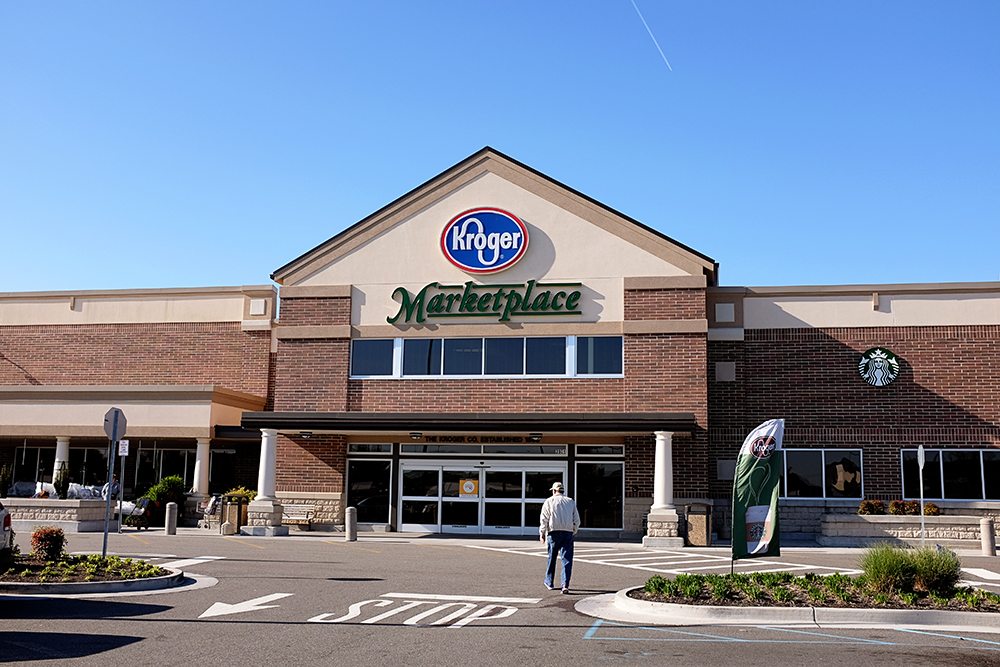


It seems that Grocery stores would suffer the same faith that Department stores and other retailers did some years ago. After a long time of expansion, all of them are concern about the future of their industries.
During 1990´s, mall-based retailers were shadowed by Supermarket´s rapid growth across the US. According to the analyst at retail consulting firm Planet Retail RNG, Danielle Dolinsky, "Over the past ten years, we saw high growth from some of the more traditional players, which has resulted in saturation in the US, and forced mainstream supermarkets to slow openings."
However, for many small companies, this growth is accelerated, and they need to come up with an immediate solution to face the future consequences. It is not strange to think that groceries might be in danger but there might be still a new path to explore.
Competition is ready to jump into the market. Discount grocers like Aldi, Lidl, and Dollar General are currently opening thousands of new stores in the following couple of years. Moreover, companies such as Amazon which acquired Whole Food and also participating actively in this food confrontation.
One of the possible solution applied by US groceries was to slash prices to drive sales and to be able to compete fairly. It brought profits lower in a business which is struggling.
A clear example of this process can be found in Kroger, the most significant supermarket chain in the US. It has an almost 13 years of reputation in the market, and lastly, it showed a decrease in sales in some stores. They blamed the refusal to food prices deflation for their loses.
At the same time, Kroger is competing with growing prices such as Aldi, Dollar General, Lidl, Walmart, among others. Thus, the chain Lidl, which has more than 10,000 stores globally, is going big. It launched its first US stores in June, and the company is thinking about opening 100 stores along the East Coast by mid-2018. On the other hand, Walmart is investing in its grocery department as well.
Another case affected by Lidl is The Dollar General store in South Carolina which has dropped prices by 10% to 30% in response to its entering the market. Lidl is seen as a “food lion because of its competitiveness, its quick development, and customers´acceptance.
Plus all these changes for some companies, there is a new tendency that is becoming more popular every day, customers are experimenting with ordering online. So stores which offer this service are gaining more reputation.
Research shows that the Total US grocery sales have fallen almost 2% during July in comparison to last year. Experts concluded that the retail food market is strongly fragmented.
This is not the first time department stores, and mall-based retailers experienced price war. There are records of the last recession after some years of over-expansion which revealed that most of the businesses did not recover from it.
Customers became used to the discounts, and so they stopped buying full-price products. The ¨big tanks¨ consequences are affecting both consumers and small businesses.
Even though the loses grocery stores are suffering, they seem to have found a loop due to e-commerce which is less threatening than for department stores. On the other side, customers are slowly migrating to online shopping, but food accounts only represent 1% of the US online sales.
Supermarkets should be able to find ways to shave the operating costs; they might resort to smart technology to improve management and customer experiences. Some of them, like Kroger and Walmart, just started this investing process on technologies. Still, some others are unable or unwilling to follow this path.
Grocery stores might face a quite difficult year; they need to find a rapid and efficient solution to the conflict, they need to place particular attention to the customer´s necessities and work on them to be able to offer something different than big supermarkets.
For more posts on the future of retail, please read the following:
You must be logged in to post a comment.





